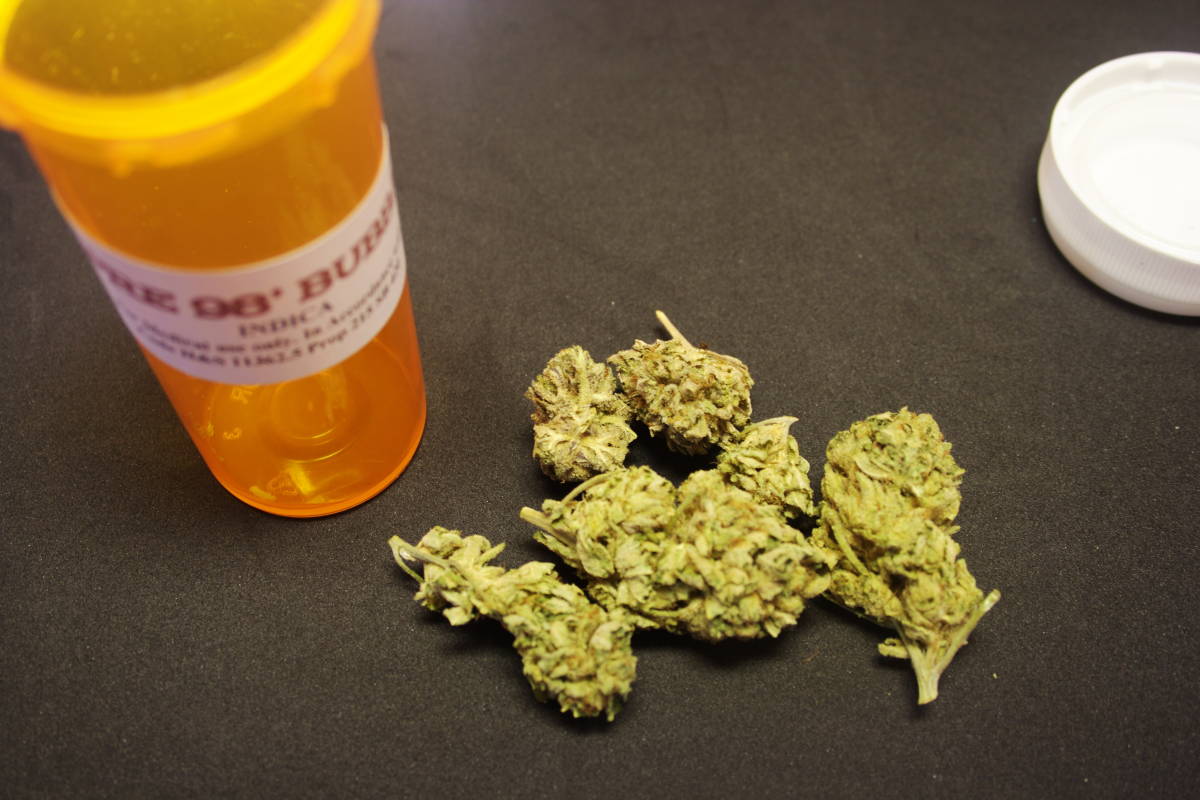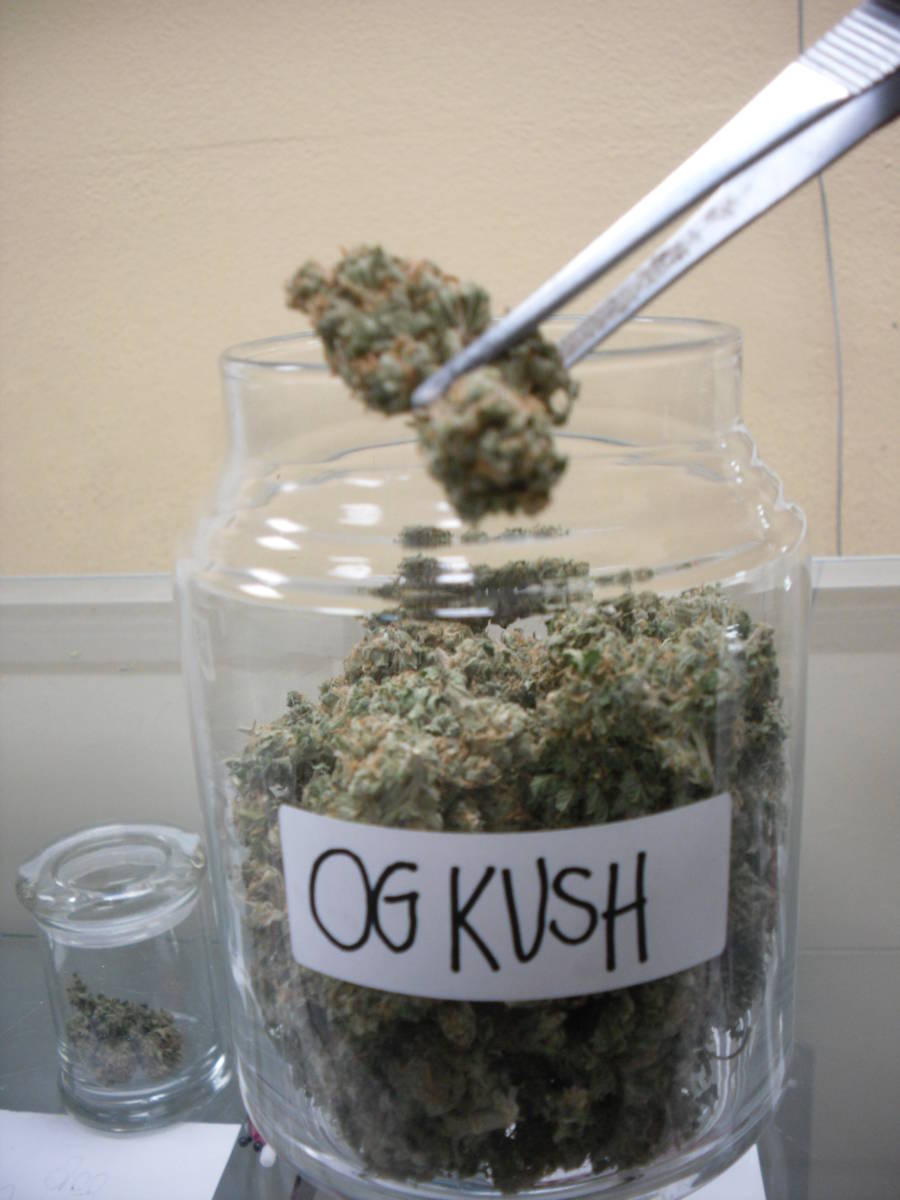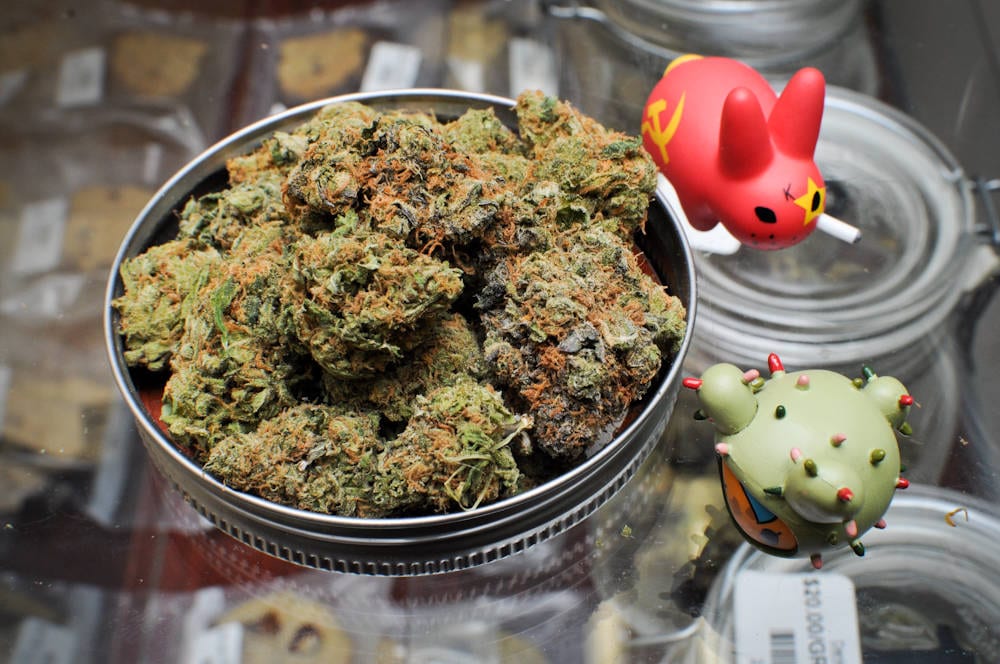
Medical marijuana is now legal in 23 states and the District of Columbia, but that doesn’t mean it’s always clear sailing for patients who want or need to make use of the plant’s medicinal properties.
At times it’s a puzzle, because what’s allowed in one state isn’t in another, and the federal government hasn’t budged on legalization. That creates barriers for patients.
“The fact that each state and the federal government have very different laws on marijuana makes things confusing,” says Dr. James W. Forsythe, an oncologist and author of the book “Stoned: The Truth About Medical Marijuana and Hemp Oil.”
Forsythe believes it’s important to cut through that confusion so that those who need medical marijuana can better understand its uses as well as its drawbacks.

He says that when used properly under a trained physician’s careful guidance, medical marijuana works wonders. But he also says there’s no doubt that some people fake their ailments because they want to enjoy the euphoric sensations marijuana makes possible.
“Using marijuana is generally safe for the vast majority of adults when used at moderate levels,” Forsythe says. “With this understood, consumers also need to realize that many people claim scientists still lack a full understanding of marijuana’s long-term effects.”
Pain is one of the conditions medical marijuana is most often used to treat. But it also can be prescribed for other ailments, such as muscle spasms caused by multiple sclerosis; nausea from cancer chemotherapy; poor appetite and weight loss caused by chronic illness, such as HIV; seizure disorders; and Crohn’s disease.
Forsythe says that, beyond dealing with the ailments themselves, patients who could benefit from medical marijuana face a number of issues.
Lack of insurance coverage
Insurance companies refuse to pay for drugs that have not been officially approved by the Food and Drug Administration for distribution in prescription form. That can create significant financial issues medical marijuana patients, Forsythe says.
Important research remains stalled
American scientists have expressed frustration that their research is hampered by the fact that cannabis remains a Schedule I drug under federal law.
“Fear of prosecution prevents formal, wide-scale and necessary studies on the apparent effectiveness of marijuana in treating specific diseases,” Forsythe says. The Brookings Institution released a research report in October that made just that point and recommended a more comprehensive set of policy reforms that would liberate the medical community in its pursuit of medical marijuana research.
Bureaucracy hinders or blocks vital treatment

A variety of bureaucratic road bumps and roadblocks have caused countless people to be denied urgent medical marijuana treatments that might help them, Forsythe says.
“As a society, we have essentially allowed government to fail the ailing people among us,” he says. “They endure needless suffering.”
One additional factor for some, Forsythe says, is that even though marijuana laws have been loosened in some states, many people still have a negative view of the plant.
“Ultimately, the possession and use of marijuana for medical purposes often becomes a personal decision,” he says. “Just as no one should ever be forced to consume alcohol, society should never require people to use marijuana. That said, consumers and patients everywhere should have a right to learn and to benefit from the many proven medical benefits marijuana provides.”
Dr. James W. Forsythe, an integrative medical oncologist, received his undergraduate degree from the University of California at Berkeley and earned his medical degree from University of California, San Francisco. Today he operates the Century Wellness Clinic in Reno, Nev.



